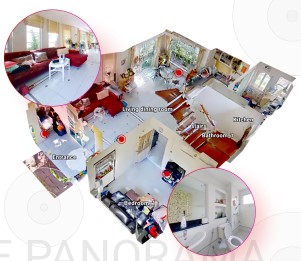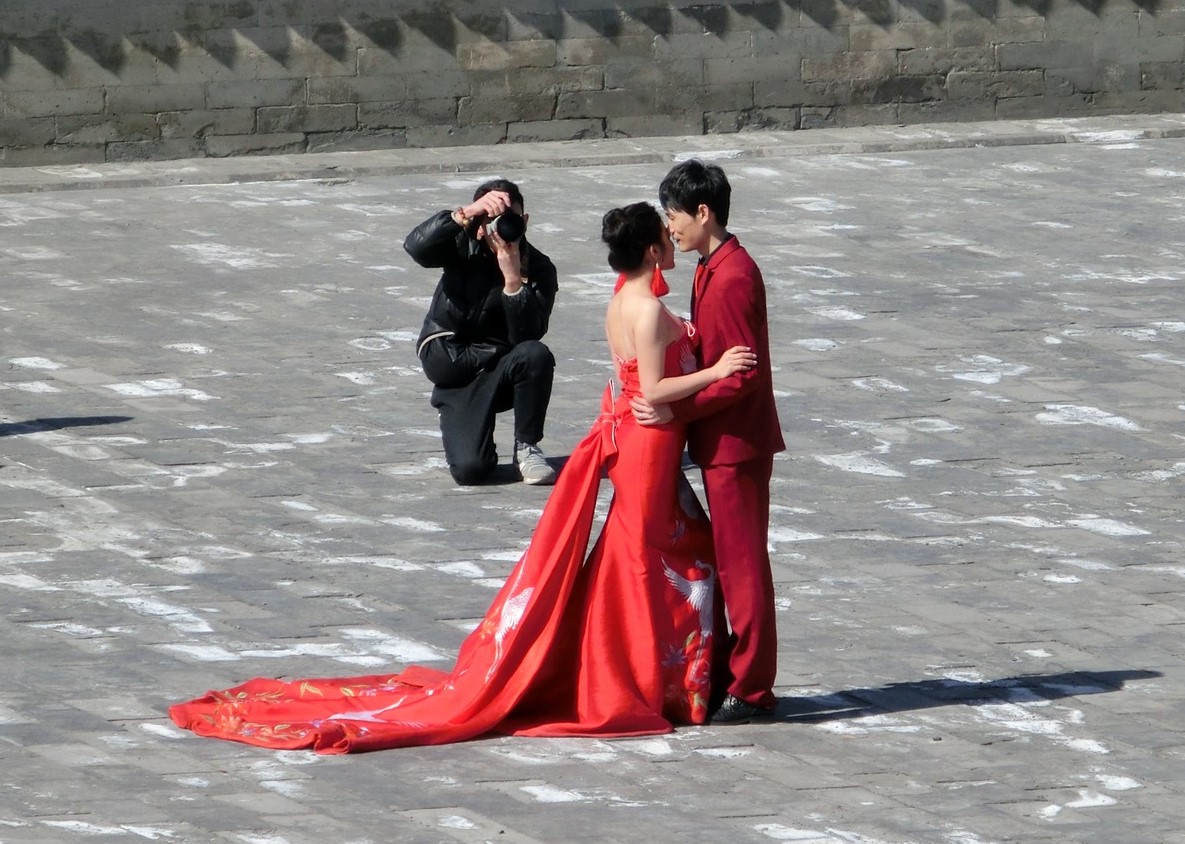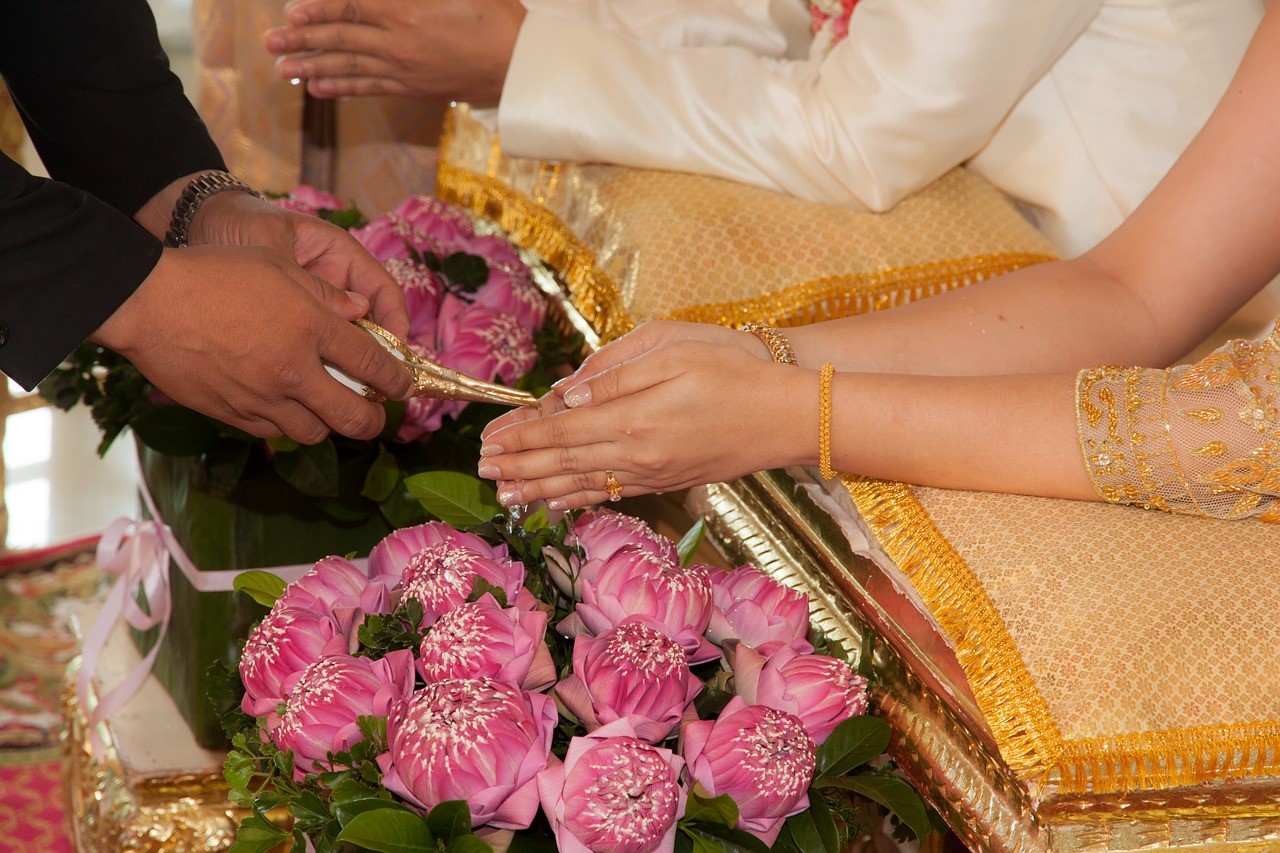[Global Series: Marriage and Assets] Malaysia: Preparing for Marriage
- Release date: Feb 01, 2023
- Update date: Oct 14, 2025
- 5973 Views
Malaysia is composed of ethnic groups such as Malays, Chinese, and Indians, each incorporating different religions and cultural customs into their lives. Consequently, the styles of weddings and receptions are also completely different. Furthermore, the number of marriages in Malaysia is declining annually. According to data from the Malaysian Department of Statistics, marriages dropped from 203,661 in 2019 to 184,589 in 2020, a decrease of 9.4%. Additionally, the ideal age for women to marry, which was 19-22 years old 20-30 years ago, rose to 26 years old in 2019 and 27 years old in 2020. This time, we will focus on the marriage situation of the Malay community, which constitutes more than half of the total population.
Preparations for the Wedding
In Malaysia, when two individuals decide to marry, the process typically begins with a meeting involving numerous family members, including matchmakers (negotiators) from both sides. This meeting takes place at the bride's home, where the number of attendees, the engagement ceremony, the wedding ceremony, and the reception schedule are decided.
Following this, the formal engagement ceremony (Tunang) is held. Preparations then include attending marriage seminars, undergoing HIV testing, and arranging various procedures, including securing an available Islamic officiant. The process typically concludes with two ceremonies: the Islamic marriage contract (Akad Nikah) and the wedding reception (Bel Sardin), held at the bride's and groom's respective homes.
Regarding engagement gifts and betrothal money
It is customary to exchange gifts during engagement ceremonies and weddings. Since it is customary for the groom's side to give more than the bride's side, both parties decide on the number of gifts during discussions. Wedding gifts include items chosen by the couple (such as watches, smartphones, perfume, or wallets), as well as items following tradition like the Holy Quran, ceremonial fabric for the wedding attire, woven fabric called “sampin,” sweets, snacks, and fruits.
Additionally, matters such as confirming the number of guests for the engagement ceremony (roughly 50 to 100 people), arranging meals, and decorating the home are addressed. The dowry (marriage preparation funds) given by the groom's family to the bride's family is also negotiated at this meeting by the matchmaker and both sets of parents. What is particularly interesting here is that the standard amount for the dowry varies depending on educational background.
Generally, for university graduates (bachelor's degree), it is RM12,000 to RM15,000 (approximately ¥360,000 to ¥450,000). Additionally, if both parties agree, families may assist with the dowry, or if the woman earns more than the man, she might discreetly contribute.
Furthermore, as dictated by Islamic religious law, the groom's family must present a dowry called “mas kawin” to the bride's family. The standard amount varies by state, and both the betrothal money and dowry amounts are recorded on the marriage certificate. Similar to the betrothal gift, the amount varies by state and whether it's a first or subsequent marriage. In Kuala Lumpur, the betrothal gift for a first marriage is RM80 (approx. ¥2,430), while for a subsequent marriage it is RM40 (approx. ¥1,215).
Items purchased upon marriage
Items purchased for the occasion of marriage include engagement and wedding rings, as well as decorative gifts (hantaran) that are displayed as showpieces during the wedding ceremony.
Engagement and wedding rings are becoming lower priorities in spending budgets.
In Malaysia, the amount spent on engagement and wedding rings is said to range from RM2,580 to RM41,418 (approximately ¥77,000 to ¥1,240,000). However, many people actually opt for fashion rings costing less than RM1,000 (about ¥30,000), without insisting on gold or platinum.
Engagement rings are typically presented not between the couple themselves, but by the future mother-in-law to the bride.
Regarding housing, it is financially difficult for young couples to purchase a home. The common stance is that they will buy real estate (a home for themselves or as an investment) later, once they are both working and can afford it. However, over the past decade or so, the sharp rise in prices and real estate costs has led most couples to give up on buying a house for a while. Instead, they live with one of their parents or rent an apartment.
Regarding cars, many couples already own vehicles before marriage for commuting, preferring not to rely on public transportation. Purchasing a car upon marriage is also common. While foreign cars, including Japanese models, are highly popular as status symbols in Malaysia, they are prohibitively expensive for young people who have only been working for a few years. Realistically, the vast majority opt for domestic brands like Proton or Perodua.
Malays tend to place less emphasis on wedding rings or lavish receptions, similar to the Chinese, and also show a tendency to attach less importance to assets such as real estate, gold, cash, and cars.
What is Consumer Life Panorama?
This is a website-type database that has accumulated visual data on more than 1,000 sei-katsu-sha from 18 countries around the world. The database includes many 3D models of living environments and 2D data of items owned by each sei-katsu-sha, and is useful for understanding overseas sei-katsu-sha, which is difficult to grasp using only letters and numbers.
Using visual data such as those cited in this column,
Compare the differences in the attributes of overseas consumers
To get a realistic understanding of the actual usage of each category
To understand the overall lifestyle of target consumers
etc., can be utilized as a “no-go” home visit survey.

-

Author profile
TNC Lifestyle Researcher
TNC Inc.'s “Lifestyle Researchers” network, comprising 600 Japanese women living across 100 regions in 70 countries worldwide, uncovers trends invisible in statistics and captures authentic voices from consumers. Based on this raw data, we provide solutions to corporate challenges and develop product concepts. https://www.tenace.co.jp/
Profile: Resided in Malaysia for 35 years. Active in research, writing, translation/interpretation, and Japanese language instruction. Has operated a mini-resort for the past decade, enjoying an eco-friendly lifestyle in harmony with nature. Following her son's marriage six years ago, she has recently heard many stories from his friends, who are also experiencing a marriage boom.
 Global Market Surfer
Global Market Surfer CLP
CLP


